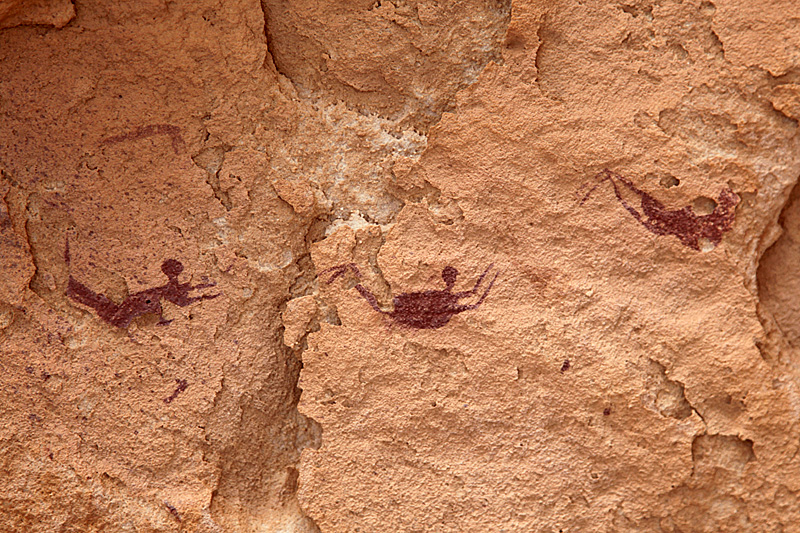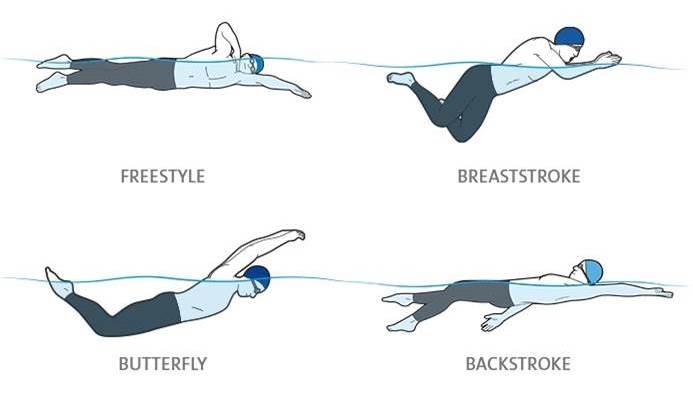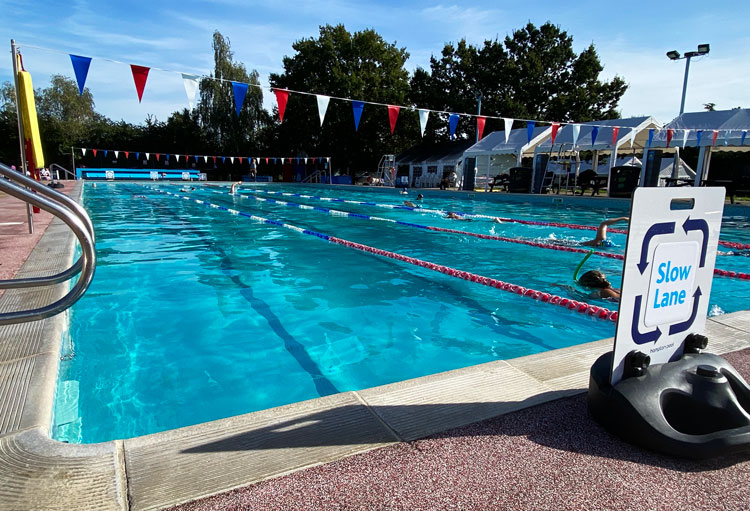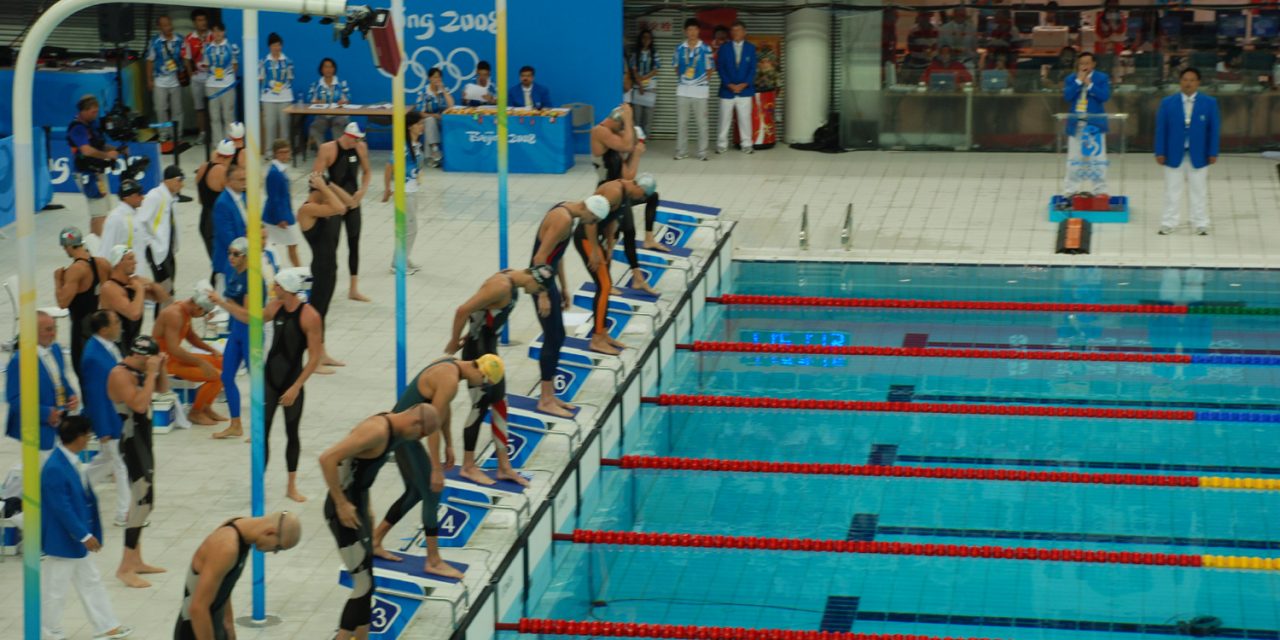Swimming is a universal skill, a popular sport, and a form of recreation that has been a part of human culture for centuries. From the earliest evidence of the activity in prehistoric rock paintings to its modern incarnation as an Olympic sport, the history of the sport is as deep and as fascinating as the waters in which it is performed.
Swimming in ancient times
The activity was practised as early as 2500 BC, as indicated by ancient Egyptian clay seals. Cave paintings from the Stone Age depict individuals swimming, and even the Bible has references to it also. Ancient civilisations in Greece and Rome built dedicated pools and encouraged people to develop it as a useful skill.
In Rome, it was actually a part of the education of elementary-age boys and the Romans built the first swimming pools (separate from bathing pools). Roman society was, however, more focused on bathing.

Swimming in the Middle Ages
During the Middle Ages, swimming was less common, particularly in Europe, where public opinion of the activity was generally negative due to the association of water with disease.
Nevertheless, it has maintained a steady presence in some cultures. In Japan, for instance, the activity was a noble martial skill, practised by samurai warriors.
The birth of swimming as a sport
The Renaissance period saw a resurgence in the popularity of the activity in Europe. The first book on it, “The Art of Swimming“, was published in 1538 by Nicolas Wynman, a German professor of languages.
But it was not until the 19th century that it really began to emerge as a competitive sport. In 1837, London’s swimming society held races in six artificial pools, marking the beginnings of the competitive scene.

Making a splash in the Olympics
The sport was included in the first modern Olympic Games in 1896, but it was not until the 1908 Olympics in London that regulations began to standardise. The formation of the International Swimming Federation (FINA) in 1908 also helped to unify the rules.
The evolution of different styles
Over the centuries, many styles have evolved significantly. The breaststroke was the first known swimming style, depicted even in ancient cave paintings. The front crawl, now the fastest stroke, was introduced to Western countries from native tribes in South America and quickly gained popularity.
Other styles like the backstroke, butterfly, and freestyle have their roots in competition, with each stroke’s technique honed for speed and efficiency.

Modern competitive swimming
Today, competitive swimming is a major part of the international sports scene. Events range from short sprints to longer endurance races, and from individual performances to synchronised teams. The sport is now one of the most watched events in the Summer Olympic Games.
Being used for health and recreation
In addition to being a competitive sport, the activity itself is also recognised as an excellent form of exercise. It provides a full-body workout, builds cardiovascular fitness, and is low-impact, making it accessible for people of all ages and fitness levels.
Furthermore, it continues to be a popular recreational activity. Whether it’s at the beach, a public pool, or a backyard barbecue, there is no doubt that it is a fun and refreshing way to spend time.

Conclusion: The enduring appeal
Swimming has come a long way since its early days in ancient civilisations. It’s not just a means of transportation or a survival skill anymore, but a beloved sport, a form of exercise, and a favourite pastime. As we dive into the future, one thing is certain: the appeal of swimming, whether for sport, health, or pleasure, is not likely to fade away anytime soon.
Want some more history of sports lessons? Check here to see lots more on the fascinating histories of different sports.






Trackbacks/Pingbacks